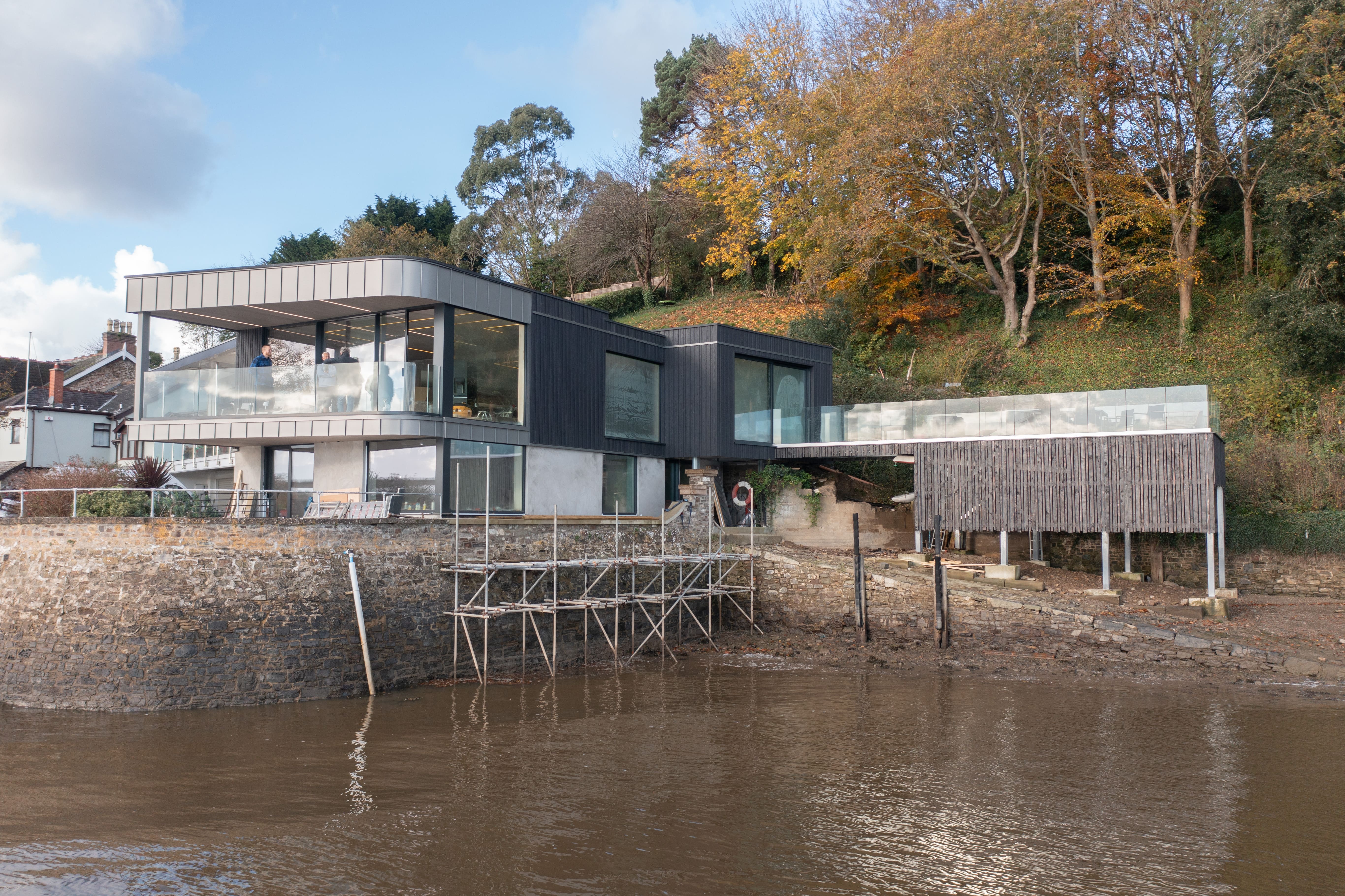
Jevington Hall
The purpose of this activity is to make use of an under used asset with a strong and unique character which can be maintained for future generations. Key to this process is understanding the key historical elements that form the character of the grade II listed stable block and consider a sympathetic strategy for conversion that celebrates these key elements.
Project Location:
Combe Martin, Devon
Project Size:
130m2
Service:
RIBA Stage 1-3
Completion:
TBC
Jevington Hall sits on the South West side of the River Umber Valley that runs through Combe Martin. The stables defines the Eastern edge of a rectangular courtyard that is shared with the old working side of Jevington Hall. The courtyard is walled to the North side with gated access and is walled to the south side with a wall and small outbuildings. The clien hoped to obtain planning permission to change the use of the ancillary building to a dwelling to secure the future of this important listed building.
Securing its use as a dwelling that is subsidiary to the main house allows the fabric to be sympathetically upgraded and key elements restored, thus giving the building life for the next 100 years. Working with a historic building and understanding its characteristics has imposed multiple constraints that guided the design. For example, The proposed layout of the ground floor plan has been based around the preservation of the key historic features. The most important and unique feature to retain is the stable element of the ground floor. The stables are a classic example of a working stable associated with a coach house that formed an important part of a working country house in the 19th Century. There are very few examples of these left in the area so it was felt that the stable should not be repurpose and should remain as close to the existing layout and material finishes as possible.









